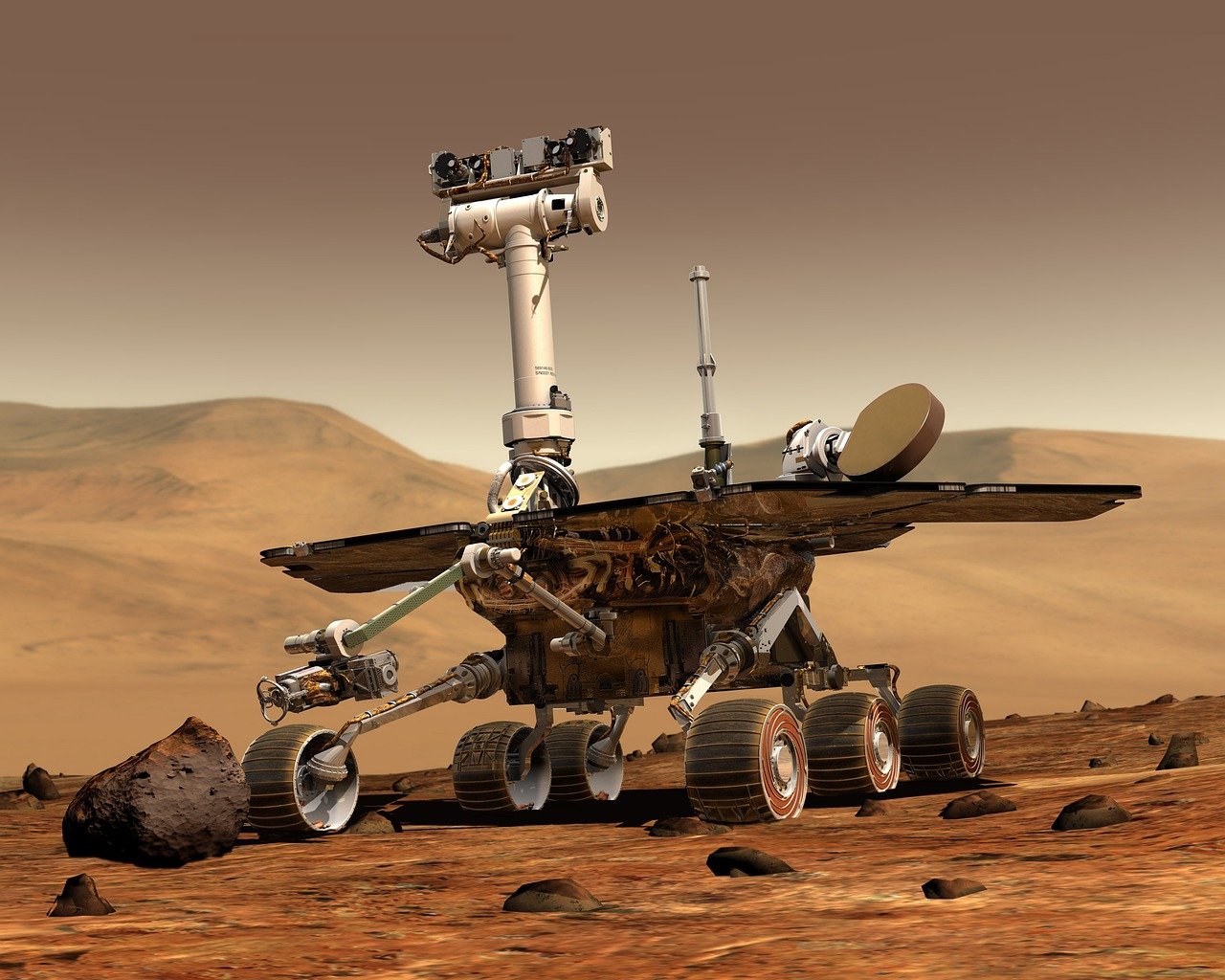Deep learning, a revolutionary subset of artificial intelligence, has rapidly transformed industries from healthcare and finance to transportation and entertainment. This technology, inspired by the structure and function of the human brain, allows computers to learn from vast amounts of data and make intelligent decisions without explicit programming. In this comprehensive guide, we’ll delve into the core concepts of deep learning, explore its applications, and discuss its potential impact on the future.
What is Deep Learning?
Defining Deep Learning and its Relationship to AI and Machine Learning
Deep learning is a specific type of machine learning that utilizes artificial neural networks with multiple layers (hence, “deep”) to analyze data with increasing levels of abstraction.
- Artificial Intelligence (AI): The overarching concept of creating machines capable of performing tasks that typically require human intelligence.
- Machine Learning (ML): A subset of AI that enables systems to learn from data without being explicitly programmed.
- Deep Learning (DL): A subset of ML that uses deep artificial neural networks to analyze data, allowing for the automatic extraction of features and patterns.
Think of it this way: AI is the broadest category, ML is a specific approach to achieving AI, and DL is a specialized technique within ML.
The Architecture of Deep Neural Networks
Deep neural networks are composed of interconnected nodes (neurons) arranged in layers.
- Input Layer: Receives the initial data.
- Hidden Layers: Multiple layers that perform complex computations and feature extraction. The “depth” of the network refers to the number of hidden layers. The more layers, the more complex patterns the network can learn.
- Output Layer: Produces the final prediction or classification.
Each connection between neurons has a weight associated with it, which determines the strength of the connection. During training, the network adjusts these weights to minimize the difference between its predictions and the actual values. Common activation functions used in these layers include ReLU (Rectified Linear Unit), sigmoid, and tanh. Choosing the right activation function is critical for optimal performance.
How Deep Learning Differs from Traditional Machine Learning
Traditional machine learning algorithms often require manual feature engineering, where experts identify and extract relevant features from the data. Deep learning, on the other hand, automates this process.
- Feature Extraction: Deep learning models can automatically learn hierarchical representations of data, eliminating the need for manual feature engineering. This makes deep learning particularly effective for complex tasks such as image recognition and natural language processing.
- Data Requirements: Deep learning models typically require significantly more data than traditional machine learning algorithms to achieve optimal performance. This is because they need to learn a large number of parameters.
- Computational Resources: Training deep learning models can be computationally expensive, requiring powerful hardware such as GPUs (Graphics Processing Units).
- Interpretability: Deep learning models can be more difficult to interpret than traditional machine learning models. Understanding why a deep learning model makes a particular prediction can be challenging, which is important for applications where transparency and accountability are crucial.
Types of Deep Learning Architectures
Convolutional Neural Networks (CNNs)
CNNs are particularly well-suited for processing images and videos. They use convolutional layers to automatically learn spatial hierarchies of features.
- Applications:
Image Recognition: Identifying objects in images (e.g., recognizing faces, cars, or animals). Example: Facebook’s facial recognition feature.
Object Detection: Locating and identifying multiple objects in an image. Example: Self-driving cars using object detection to identify pedestrians, traffic lights, and other vehicles.
Image Segmentation: Dividing an image into multiple regions based on pixel characteristics. Example: Medical imaging to identify tumors or other anomalies.
- Key Components: Convolutional layers, pooling layers, and fully connected layers.
- Example: Analyzing satellite imagery to identify deforestation patterns.
Recurrent Neural Networks (RNNs)
RNNs are designed to handle sequential data, where the order of information matters. They have feedback connections that allow them to maintain a memory of past inputs.
- Applications:
Natural Language Processing (NLP): Understanding and generating human language (e.g., language translation, text summarization, sentiment analysis). Example: Google Translate using RNNs (and increasingly Transformers) to translate between languages.
Time Series Analysis: Forecasting future values based on historical data (e.g., stock price prediction, weather forecasting).
Speech Recognition: Converting spoken language into text. Example: Siri and Alexa using RNNs to understand voice commands.
- Key Variants: Long Short-Term Memory (LSTM) and Gated Recurrent Unit (GRU) networks, which address the vanishing gradient problem in traditional RNNs.
- Example: Predicting the next word in a sentence based on the previous words.
Transformers
Transformers have revolutionized NLP and are increasingly used in other domains. They rely on self-attention mechanisms to weigh the importance of different parts of the input sequence.
- Applications:
Machine Translation: Achieving state-of-the-art results in language translation. Example: Google’s Transformer-based translation models.
Text Generation: Generating realistic and coherent text. Example: OpenAI’s GPT models.
Question Answering: Answering questions based on a given context.
- Key Advantages: Ability to process long sequences more effectively than RNNs, and inherent parallelism.
- Example: Generating summaries of long documents.
Generative Adversarial Networks (GANs)
GANs consist of two networks: a generator that creates new data instances and a discriminator that evaluates their authenticity. They are trained in an adversarial manner.
- Applications:
Image Generation: Creating realistic images of objects or scenes. Example: Generating photorealistic images of people who don’t exist.
Image Editing: Modifying existing images in various ways. Example: Changing the hairstyle or age of a person in a photo.
Data Augmentation: Creating synthetic data to improve the performance of other machine learning models.
- Key Components: Generator and discriminator networks.
- Example: Creating realistic textures for video game assets.
Applications of Deep Learning Across Industries
Deep learning is driving innovation across various sectors, offering solutions to complex problems and creating new opportunities.
Healthcare
- Medical Image Analysis: Detecting diseases such as cancer in medical images (X-rays, MRIs, CT scans) with high accuracy. AI-powered diagnostic tools are assisting radiologists in identifying subtle anomalies that might be missed by the human eye.
- Drug Discovery: Accelerating the process of identifying and developing new drugs by predicting the efficacy and safety of potential drug candidates. Deep learning models can analyze vast amounts of genomic and proteomic data to identify promising targets.
- Personalized Medicine: Tailoring treatment plans to individual patients based on their genetic makeup and medical history.
- Example: Predicting patient readmission rates to hospitals.
Finance
- Fraud Detection: Identifying fraudulent transactions in real-time. Deep learning models can detect patterns and anomalies that are indicative of fraudulent activity.
- Algorithmic Trading: Developing automated trading strategies based on market trends and patterns. These algorithms can execute trades at high speed and with greater precision than human traders.
- Credit Risk Assessment: Evaluating the creditworthiness of borrowers.
- Example: Predicting stock market fluctuations.
Transportation
- Self-Driving Cars: Enabling vehicles to navigate roads and avoid obstacles without human intervention. Deep learning is used for object detection, lane keeping, and path planning.
- Traffic Management: Optimizing traffic flow and reducing congestion. Deep learning models can analyze traffic patterns and predict future traffic conditions.
- Predictive Maintenance: Predicting when vehicles are likely to require maintenance, reducing downtime and improving safety.
- Example: Optimizing delivery routes for logistics companies.
Retail
- Personalized Recommendations: Recommending products to customers based on their past purchases and browsing history. Deep learning models can analyze customer data to identify patterns and preferences.
- Inventory Management: Optimizing inventory levels to meet customer demand. Deep learning can forecast demand based on historical sales data and external factors such as seasonality and promotions.
- Customer Service: Providing automated customer support through chatbots. NLP models can understand customer queries and provide relevant answers.
- Example: Predicting customer churn.
Getting Started with Deep Learning
Choosing the Right Frameworks and Tools
Several popular deep learning frameworks are available, each with its own strengths and weaknesses.
- TensorFlow: A widely used framework developed by Google, known for its flexibility and scalability.
- Keras: A high-level API that makes it easier to build and train deep learning models, often used in conjunction with TensorFlow or Theano.
- PyTorch: A framework developed by Facebook, known for its dynamic computation graph and ease of use.
- Scikit-learn: While not strictly a deep learning framework, it offers various machine learning algorithms and tools for data preprocessing and model evaluation.
Choosing the right framework depends on your specific needs and experience level. TensorFlow and PyTorch are more powerful and flexible, while Keras provides a simpler and more intuitive interface.
Datasets for Deep Learning
Access to high-quality datasets is crucial for training deep learning models.
- Image Datasets: MNIST (handwritten digits), CIFAR-10 (labeled images), ImageNet (large-scale image dataset).
- Text Datasets: Wikipedia, Reuters, IMDB (movie reviews).
- Audio Datasets: LibriSpeech (speech recognition).
Many publicly available datasets can be used for experimentation and learning. You can also create your own datasets by collecting and labeling data from various sources.
Building and Training Your First Deep Learning Model
Here’s a simplified example using Keras and TensorFlow to build a simple image classifier:
“`python
import tensorflow as tf
from tensorflow import keras
# Load the MNIST dataset
(x_train, y_train), (x_test, y_test) = keras.datasets.mnist.load_data()
# Preprocess the data
x_train = x_train.astype(“float32”) / 255.0
x_test = x_test.astype(“float32”) / 255.0
# Build the model
model = keras.Sequential([
keras.layers.Flatten(input_shape=(28, 28)),
keras.layers.Dense(128, activation=”relu”),
keras.layers.Dense(10, activation=”softmax”)
])
# Compile the model
model.compile(optimizer=”adam”,
loss=”sparse_categorical_crossentropy”,
metrics=[“accuracy”])
# Train the model
model.fit(x_train, y_train, epochs=5)
# Evaluate the model
loss, accuracy = model.evaluate(x_test, y_test, verbose=0)
print(“Accuracy: %.2f” % (accuracy*100))
“`
This code demonstrates a basic neural network for classifying handwritten digits. It involves loading and preprocessing the data, defining the model architecture, compiling the model, training the model, and evaluating its performance.
Conclusion
Deep learning has emerged as a powerful tool for solving complex problems in various domains. Its ability to automatically learn features from data and its versatility make it a valuable asset for businesses and researchers alike. As computing power continues to increase and datasets become larger, deep learning will undoubtedly play an even greater role in shaping the future of AI. From revolutionizing healthcare to transforming transportation, deep learning’s potential is vast, offering endless possibilities for innovation and progress. By understanding the fundamentals of deep learning and experimenting with different architectures and frameworks, you can unlock its power and contribute to its ongoing evolution.



